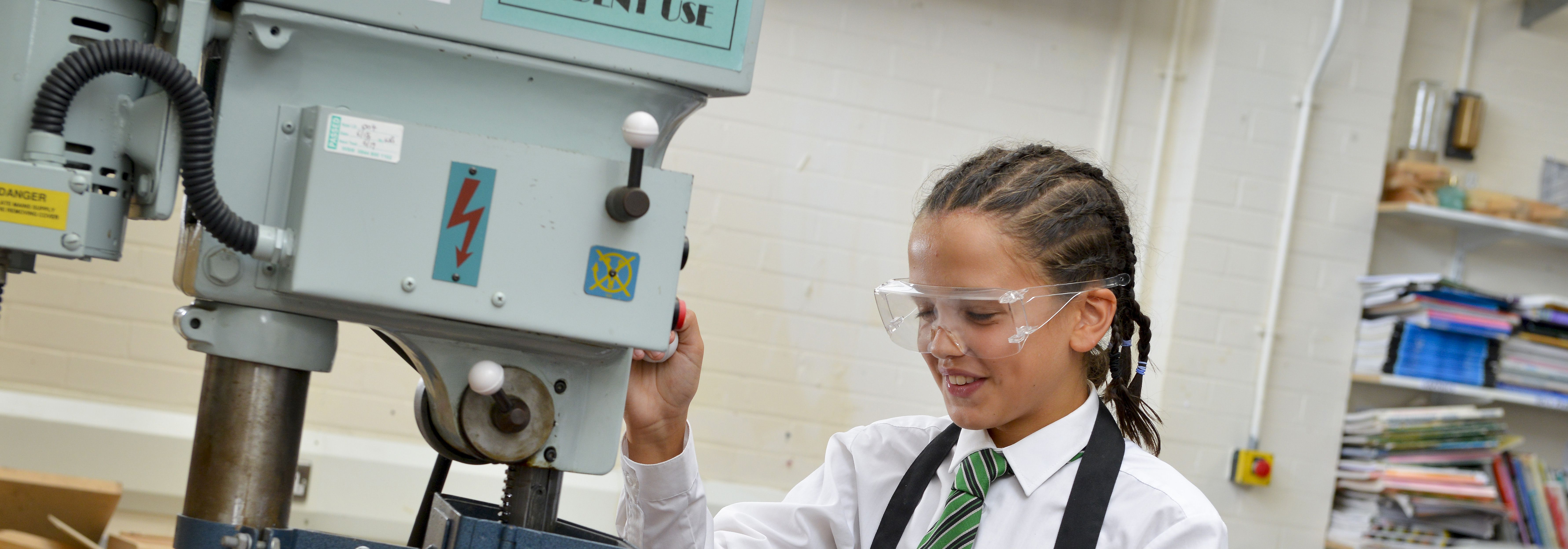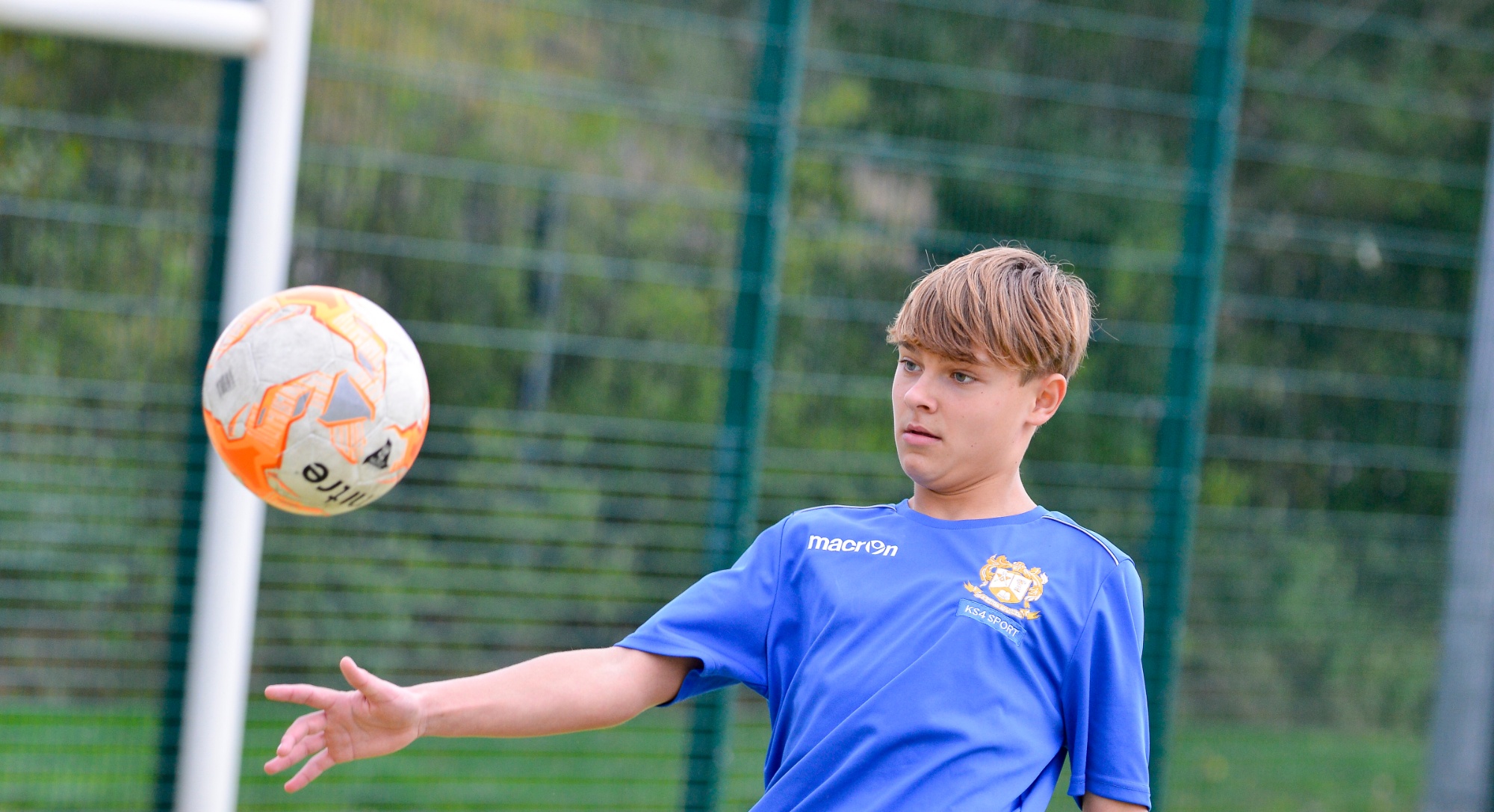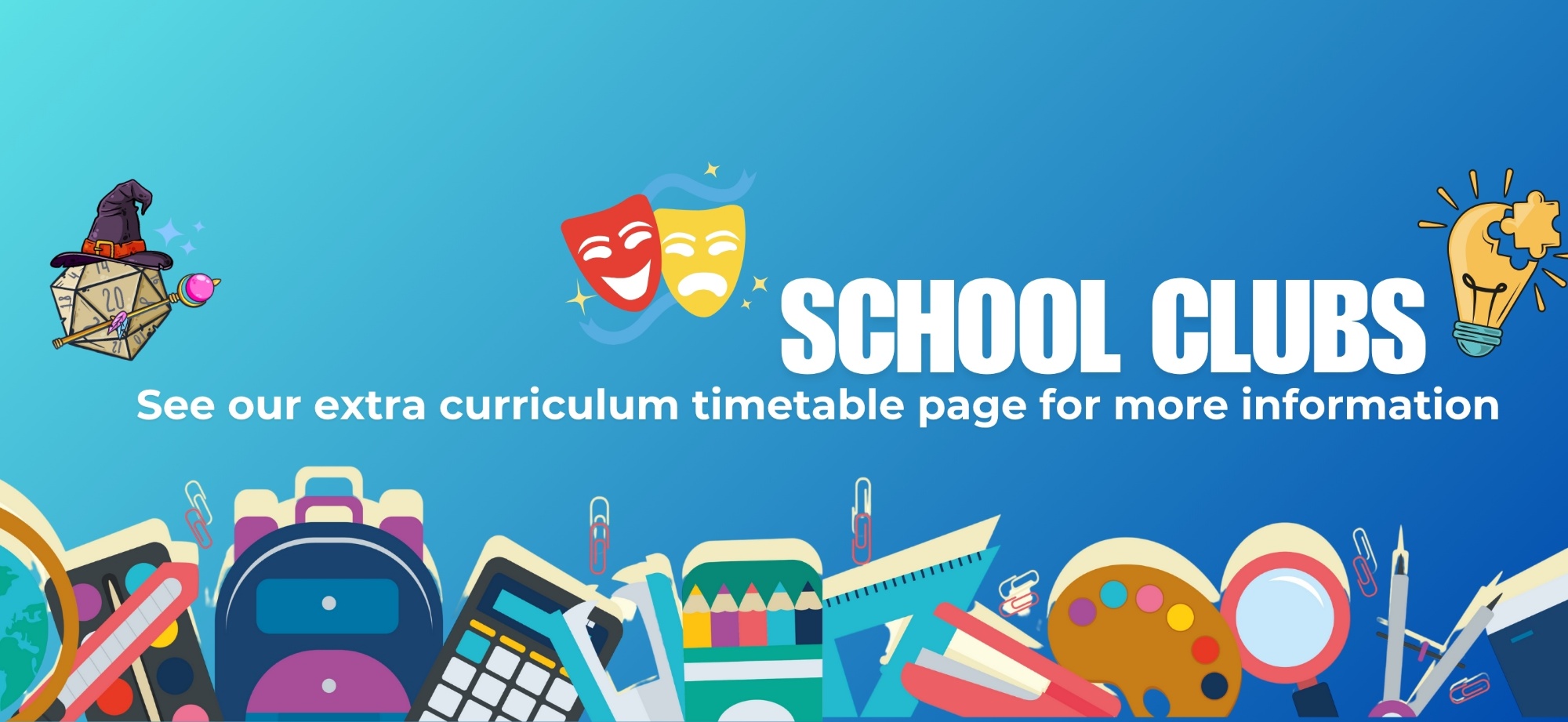The Knowledge and Skills overviews show the specific music content students will learn in each unit of study throughout the year. These documents outline both the substantive knowledge (musical elements, notation, and cultural contexts) and the disciplinary skills (performing, composing, and critical listening) that students will develop. Each unit is broken down to clearly identify what students need to know and what they should be able to do upon completion. Through the systematic development of both knowledge and skills, students build musical literacy, performance confidence, and creative musicianship appropriate to their stage of learning.
Select a unit to find out more...
Rap
| Unit Progress Criteria |
| Knowledge |
Skills |
- Rap Origins and Cultural Context
- Understanding the historical and social background of rap and hip-hop.
- Recognising rap as a form of musical and poetic expression, rooted in African-American culture.
- Musical Features of Rap
- Understanding rhythm, rhyme, and flow as key components.
- Recognising use of beat, loop, and backing tracks.
- Exploring structure (e.g. intro, verse, hook, outro).
- Lyric Writing Techniques
- Use of rhyme schemes (end rhyme, internal rhyme, multi-syllabic rhyme).
- Syllable count and rhythm in lyrical delivery.
- Use of literary devices: simile, metaphor, alliteration, assonance, et
- Backing Track Construction
- Understanding how loops, beats, and samples are used to build backing tracks.
- Awareness of structure in backing (e.g. 8-bar/16-bar sections).
- Performance Practice
- Understanding vocal delivery, expression, projection, and timing.
- Awareness of stage presence and audience engagement in a rap performance.
|
- Lyric Writing
- Writing original lyrics that reflect personal ideas or social themes.
- Matching lyrical rhythm to a beat (scansion).
- Editing and refining lyrics for clarity, flow, and effect.
- Rap Performance
- Rapping with clear diction, confidence, and fluency.
- Keeping time with a backing track or live beat.
- Projecting voice and using expression to convey meaning.
- Collaborative Music-Making
- Working in pairs or groups to develop shared rap verses or backing tracks.
- Giving and receiving peer feedback on lyrics and performances.
- Using Technology or Instruments
- Using music software or loop stations to build beats and backing tracks.
- Selecting and layering loops for rhythmic and melodic effect.
- Listening and Analysis
- Listening to examples of rap and identifying key musical and lyrical features.
- Analysing lyrical content and structure for inspiration and understanding.
- Self-Evaluation and Peer Review
- Using WWW/EBI to reflect on performances.
- Recording, reviewing, and refining rap performances over time.
|
Instruments of the Orchestra
| Unit Progress Criteria |
| Knowledge |
Skills |
|
Instrument Families
|
Names and characteristics of the 4 orchestral families: Strings, Woodwind, Brass, Percussion
|
|
Instrument Recognition
|
How to aurally identify key instruments in each family (e.g. violin, flute, trumpet, timpani)
|
|
Orchestra Layout
|
Traditional seating layout of orchestral instruments
|
|
Instrument Function
|
Role of each family in the orchestra (melody, harmony, rhythm, effects)
|
|
Musical Elements Vocabulary
|
Definitions and aural recognition of: Tempo, Texture, Dynamics
|
|
Orchestration Basics
|
How instruments are used in ensemble/orchestral textures (e.g. layering, blend, contrast)
|
|
|
Listening & Appraising
|
Identify orchestral instruments and families by ear. Recognise musical elements like tempo and dynamics in context.
|
|
Performance
|
Rehearse and perform ensemble pieces, playing in the style of each orchestral family
|
|
Composition/Orchestration
|
Complete orchestration tasks using appropriate instruments for each family and musical scenario
|
|
Literacy
|
Use key musical vocabulary accurately in verbal and written form (e.g. describing texture or dynamics)
|
|
Collaboration
|
Work in small groups to rehearse and layer ensemble parts to simulate a full orchestra
|
|
Assessment Skills
|
Apply listening and vocabulary knowledge in a summative listening test
|
|
Compose Your Own
| Unit Progress Criteria |
| Knowledge |
Skills |
- Song Structure
- Understanding and applying common song forms (e.g. verse-chorus, ternary form).
- Recognising how different sections contribute to the overall structure of a song (e.g. intro, verse, chorus, instrumental, coda).
- Chord Knowledge
- How chords are built (triads, root notes, intervals).
- Selecting and using four chords to create harmonic foundations.
- Understanding cadences and harmonic progression.
- Lyric Writing
- Understanding how to fit lyrics to a harmonic structure.
- Using chord changes as natural points for lyric phrasing.
- Creating lyrics with attention to mood, rhyme and syllabic fit.
- Instrumental Roles
- Awareness of different instrument functions (melody, harmony, rhythm).
- Understanding how instrumental layering supports song sections (e.g. drums for energy, guitar for harmony).
- Musical Elements in Context
- Use of dynamics, texture, and melody in original compositions.
- How to adjust these elements to reflect changes in section or mood.
- Performance Practice
- What makes an effective group performance (projection, timing, balance).
- Role of solos and performance roles (e.g. singer, keyboard player, lyricist).
|
-
- Creating melodic and lyrical ideas from a harmonic foundation.
- Structuring sections to develop musical interest (e.g. verse/chorus contrast).
- Keyboard & Instrumental Proficiency
- Playing chords fluently on keyboards or other chosen instruments.
- Coordinating between different players in a group performance.
- Creative Collaboration
- Working effectively in a group to plan, develop and refine a song.
- Giving and receiving peer feedback.
- Negotiating musical ideas collaboratively.
- Listening and Analysis
- Identifying musical features in listening examples (structure, chords, instrumentation).
- Applying listening insights to refine their own compositions.
- Performance Skills
- Rehearsing and performing a song with fluency and expression.
- Using stagecraft techniques (e.g. voice projection, eye contact, presence).
- Delivering solo parts confidently to meet higher performance criteria.
- Evaluation & Reflection
- Using WWW/EBI strategies to reflect on both individual and group performance.
- Reviewing videos of their performances to identify areas for improvement.
|
Musical Futures
| Unit Progress Criteria |
| Knowledge |
Skills |
- Musical Pathways & Performance Options
- Understanding different performance setups: full backing track, part backing, or unaccompanied.
- Recognising which format suits their ability and musical role best.
- Song Structure and Arrangement
- Identifying the key components of a chosen song (verse, chorus, bridge, etc.).
- Understanding how to arrange and rehearse these sections effectively as a group.
- Instrumental & Vocal Function
- Roles and responsibilities of different instruments and voices in a performance context.
- How melody, harmony, rhythm, and accompaniment function together.
- Musical Elements in Context
- Application of dynamics, tempo, articulation, and texture in rehearsal and performance.
- Awareness of expressive elements such as phrasing, tone, and interpretation.
- Performance Criteria
- Knowledge of what makes a strong performance: fluency, accuracy, stage presence, communication.
- Understanding the assessment criteria for group and solo performances.
|
- Musicianship & Aural Skills
- Learning instrumental and/or vocal parts by ear and/or from notation.
- Playing and singing in time with others and a backing track.
- Tuning instruments and voices; listening for balance and blend.
- Group Performance
- Collaborating in an ensemble setting with shared musical responsibility.
- Rehearsing effectively—setting targets, giving constructive feedback, solving musical issues.
- Managing and adjusting dynamics, tempo, and balance during performance.
- Instrument-Specific Technique
- Developing technical control over an instrument (guitar, keyboard, drums, vocals, etc.).
- Practising and refining individual parts to contribute to the whole.
- Creative Decision-Making
- Choosing appropriate repertoire and arranging it to suit the group’s strengths.
- Adapting parts or structures for unaccompanied or partially-backed performance formats.
- Self-Reflection & Goal Setting
- Setting and reviewing personal and group performance goals.
- Engaging in peer and self-assessment using WWW/EBI.
- Responding to feedback and refining performances.
- Confidence & Stagecraft
- Building stage presence through repeated rehearsal and review.
- Developing confidence in performing, including for solo moments.
- Using non-verbal cues (eye contact, gestures) to communicate musically.
|
Highlights Unit
| Unit Progress Criteria |
| Knowledge |
Skills |
- Understanding of Key KS3 Topics
- Revisit and deepen understanding of three previously taught units.
- Recap and consolidate prior knowledge from Years 7–9 (e.g. chords, rhythm, melody, ensemble work, structure).
- Musical Elements and Techniques
- Reinforce key musical concepts such as texture, dynamics, harmony, tempo, and form.
- Recognise and describe how these are used in performance and composition.
- Performance Expectations
- Understand what makes an effective performance: fluency, projection, accuracy, group coordination, and musical expression.
- Evaluation & Reflection Techniques
- Learn how to assess musical work using WWW (What Went Well) and EBI (Even Better If).
- Develop vocabulary and frameworks for analysing their own and others' performances.
- Choice and Personal Development
- Understand how to reflect on personal musical progress.
- Develop insight into strengths and areas for improvement across different musical skills.
|
- Practical Musicianship
- Refine instrumental or vocal technique in preparation for a chosen final performance.
- Improve fluency and accuracy in playing or singing parts independently and as part of a group.
- Listening & Analysis
- Identify and comment on musical elements in a focused listening task.
- Apply listening insights to their own music-making.
- Decision-Making & Independence
- Choose a musical task to develop based on self-evaluation.
- Set appropriate goals and make creative choices to improve a previous performance.
- Collaboration & Ensemble Skills
- Rehearse and perform in groups, managing balance, timing, and coordination.
- Negotiate musical ideas and roles within an ensemble.
- Performance Confidence
- Prepare and present a group performance with confidence and control.
- Manage nerves, show stage presence, and communicate effectively during performance.
- Reflective Thinking
- Engage in self and peer assessment using specific criteri
- Review recorded performances to evaluate progress and articulate next steps.
|
Introduction to band lab
| Unit Progress Criteria |
| Knowledge |
Skills |
• Understanding the purpose and features of BandLab
• Knowing what a MIDI editor is and how it can be used to compose
• Recognising melody structure and how it functions in a piece of music
• Understanding the layout and components of the BandLab interface
• Identifying different instrumental parts in a track (e.g., bassline, vocals)
• Knowing what an audio file is and how it differs from MIDI
• Understanding the basics of track mixing and sonic balance
• Knowing how to structure a full track with different musical layers
• Awareness of musical success criteria (concern to superior above standard)
• Understanding the value of evaluation and reflection in music production |
• Logging in and navigating BandLab independently
• Opening and creating a new studio project
• Using the MIDI editor to input and edit melodies
• Using templates to inspire musical ideas
• Listening and appraising peer work
• Constructing a musical arrangement from given loops/samples
• Mixing tracks – adjusting levels, panning, and applying effects
• Mastering a project for a more polished sound
• Selecting and refining a project for assessment
• Giving and receiving peer feedback constructively |












